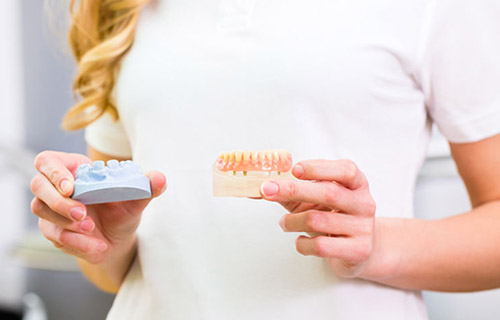Dental prostheses are used to treat condition inside the mouth such as loss of teeth or parts of teeth or flaws in soft or hard tissues of the jaw or palate. They are also used to improve mastication, aesthetics and speech.
Prostheses can fixed and irremovable. Fixed prostheses are kept stationary by means of screws or dental cements but removable prostheses get their retention from the walls of the adjacent teeth or the undercuts provided in the preparations which could be easily removed and placed back. In edentulous prostheses the retention is provided by the suction of the underlying mucosa. Surrounding muscles and contour of the remaining tissue can also keep the prosthesis in its place.
Types of dental prostheses:
– Complete denture which is used in completely edentulous cases and is usually supported by the soft and hard tissues in the mouth. The common types are removable but nowadays with the arrival of dental implants, dentures can be used as fixed prostheses and we would no longer witness the problems of loose dentures.
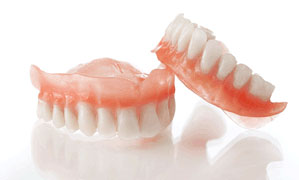

– Partial dentures are used when a part of the tooth is gone or as replacements for bridge when there are not enough teeth to support the bridge or the patient cannot afford the bridge due to financial reasons.
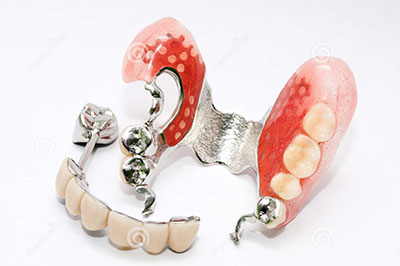
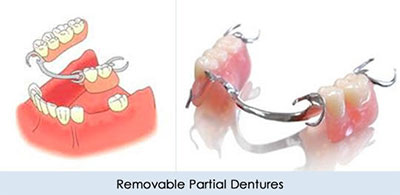
– Orthodontic appliances designed to treat derangements of teeth or abnormalities of the jaw which could be fixed or removable.

– Dental implants placed into the jaw bone by the surgeon are used to support dental prostheses like crown, bridges or dentures. Implants are made of titanium which fuses to the bone by a process called osteo-integration which takes 4 to 6 months and the prosthetic is placed over it afterwards.
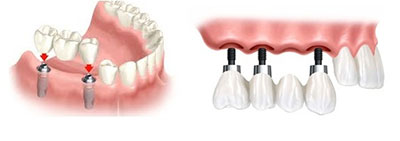
– Crowns are fixed dental prostheses used to reconstruct the lost anatomic portion of teeth which are of metal, PFM and fully ceramic types. To manufacture it, the tooth is trimmed and prepared to the desired size and shape. Then an impression is taken and the crown is manufactured in the laboratory by lab technicians and finally cemented onto the tooth after trial.
– Recently a new technology called CAD-CAM has arrived which rules out the need for and impression after the tooth preparation. The dimensions of the tooth are sent to a computer through digital sensors and after the final analysis the crown is carved on ceramic blocks by a 3D printer and is cemented onto the tooth on same session.
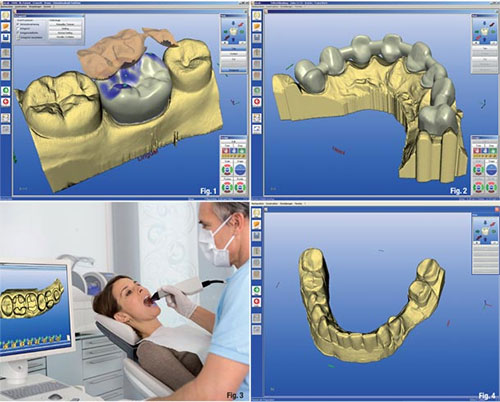
– A dental bridge is a type of fixed prosthesis that gets its retention from the adjacent teeth to reconstruct and fill the edentulous area. In this method the neighboring teeth will be trimmed and prepared even if they are healthy so that they get to the normal size once the crown is placed. Nowadays, it’s recommended to use an implant instead of dental bridge since the implants gets its support from the screw implanted in the bone hence there is no need to trim and damage the adjacent teeth.

